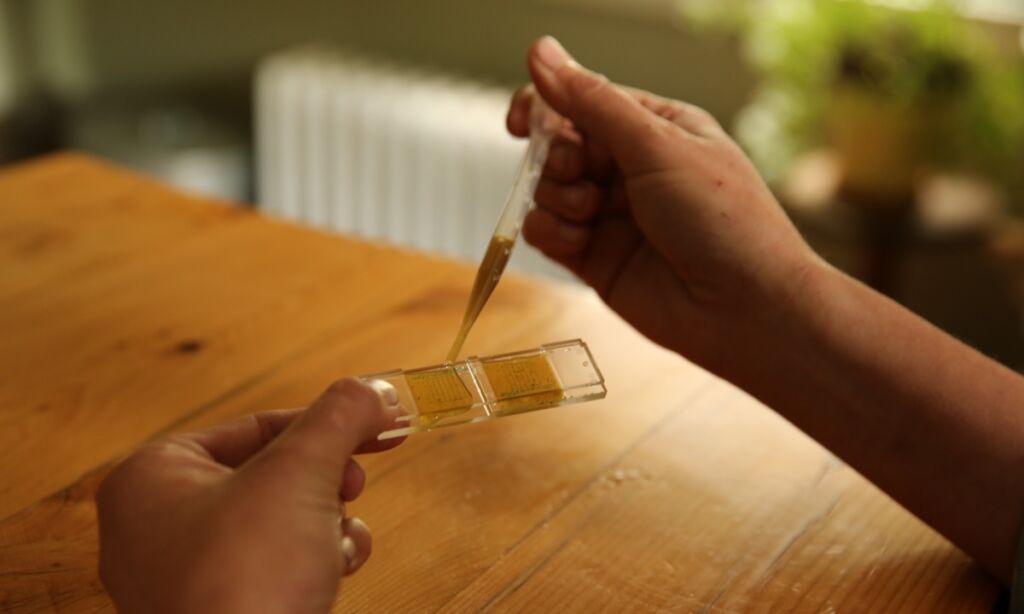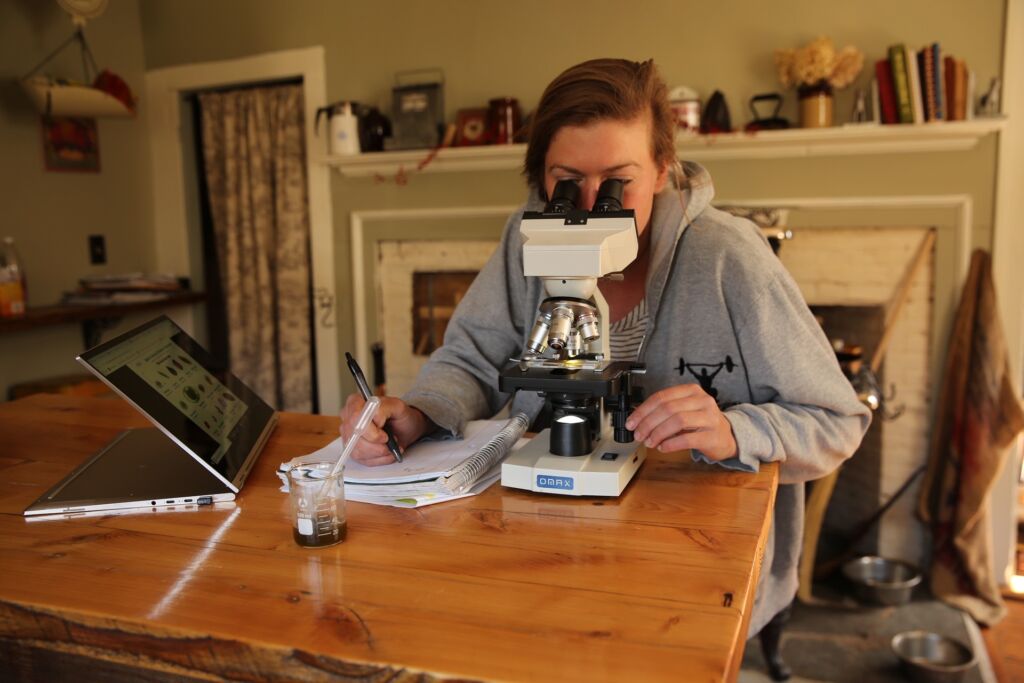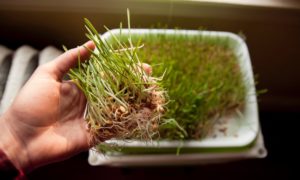Parasite control in sheep and goats is a highly debated topic among those that raise the animals themselves and vets alike. It is also something that varies greatly depending on where you are at geographically, the exposure to certain parasites, dewormer resistance, etc, etc.
I have two different vets depending on which animal I need assistance with, and neither shares the same view on worming protocols. One encourages to deworm at the slightest sign, while the other encourages to go based on a combination of the FEC, FAMANCHA, body condition and scouring. The one thing they do agree on is performing fecal testing in the spring around kidding/lambing, in the height of summer, and in the falI prior to breeding.
Parasite resistance is a huge issue in New England. I don’t want to under dose my herd, but I certainly don’t want to unnecessarily over medicate and create more resistance. Part of the problem for me, is that my closest vet is an hour away. Fecal tests are $15 each, so for every member of my goat herd and sheep flock, I’m looking at $120 and a two hour round trip. If certain animals have a heavy burden and we need to treat them, I need to make that trip again and tack on additional tests to see how successful the treatment was. In a nutshell, having my vet do fecal egg counts is not only expensive, but a time suck.
I consider myself a pretty capable person, not to mention I do have a BS in Biology to fall back on. So, I started doing my own fecals at home. Yes, you have to buy the equipment upfront. But when you factor in the cost (and time) to have my vet do it for me, it will pay for itself in no time. Doing my own will allow me to closely monitor how our worming protocol is working, no more guessing.

You don’t have to be a biologist to do your own Fecal Egg Count (FEC) at home. Thanks to the University of Rhode Island’s easy to follow instructions, anyone can perform the modified McMaster Carr FEC. I am not going to recreate the wheel here, as they provide an all inclusive resource. They walk you through the entire process from start to finish, and have a thorough video demonstration if you need a visual that also helps with identifying specific parasites, creating flotation solution, etc.
Below you will find the links (affiliate) to the items I use. I like to use disposable sample cups/pipettes as opposed to beakers to make cleanup easier.
As always, please consult with your vet before making decisions on worming protocols based on your results and your individual goat’s health. Different geographic areas have different issues they face and protocols in place, so I cannot lend any advice to what you should do for your herd.
Tools of the Trade
- Microscope – you can use any scope as long as it has a mechanical stage and 10x objective lens.
- McMaster Slide Kit that includes (2) slides and sampling equipment OR Mcmaster Slide Four Pack that includes (4) slides no sampling equipment
- **This is the Mcmaster slide test so you HAVE to use a McMaster slide, a blank slide with cover slip will not work
- **This is the Mcmaster slide test so you HAVE to use a McMaster slide, a blank slide with cover slip will not work
- Scale for weighing samples
- Catheter Syringe – for drawing up flotation solution. I wash and reuse these over and over again for dosing medications, drenches,etc!
- Strainer to separate solids
- Pipettes for loading slide
- Sticks for stirring
- Disposable cups for sampling

Happy Fecal Sampling,


